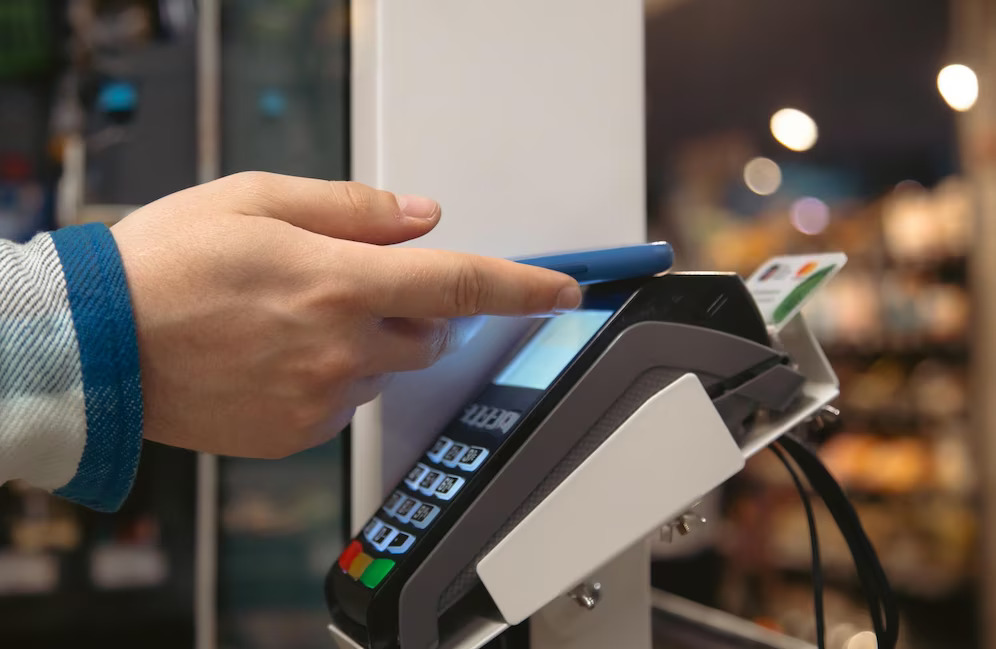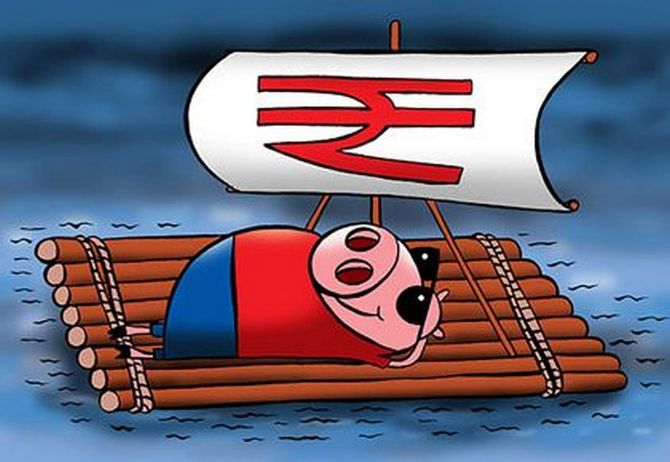
How Does India Become Cashless?
I would venture to say that the total 'money stock' in a predominantly 90 % cash economy like ours is generally indeterminate. Therefore when some of that comes under the surveillance radar of tax authorities or into the formal financial system for the very first time say via a surge in deposits into newly opened 200 million JDY accounts, sundry PO accounts to Post Office Bank accounts or new accounts in newly licensed Payment & Universal Banks. This makes for 'double counting' in M1, M2+ time and crafting of monetary policy trickier. .
With e.money uptake viz. prepaid/mobile wallets. The coming festival of lights could again see spike in currency with public. That would be conventional wisdom - perhaps more withdrawals from ATM to 'load up' the prepaid /wallet for redemption across a merchant network base. After all 40% of wallet popularity is in Tier 1 &2 cities where 'cash is king'. That can however change if Banks incentivise and encourage that the wallet be now directly loaded up from accounts and debit card. But many Banks are not encouraging their customers to do so with popular third-party wallets. Thus possibly styling the growth of wallets. The third party wallet cos, which include Telco's, have a much larger active base than the banks. Estimated to be 150 million plus. But Banks still prefer their own in-house prepaid card and wallets! The more the wallet is loaded up directly from the bank account or debit card via net banking,IMPS.etc. And more redemption is electronic. Less currency should be in circulation. On the other hand use of credit card (preferred option for mobile wallets) and cash from outside the Banking system to load up a wallet leads to an spike in other broad money indicators. Which when used in the formal measurable economy leads to an uptick in velocity.
One could also argue that the "stock" of "money under the mattresses" already circulating from "mattress to mattress" in exchange for goods and services in informal and formal economy. Does not get reflected in inflation - too much money chasing too few goods. This is the shadow economy at work. Or, flip side, inflation not explainable by money supply numbers, may be attributed to this shadow economy, money - stock- on- the- move (velocity). Lastly, I am going to use a term - 'technological deflation' - to explain the urban spend. Which is where online consumers clearly "get more, for less". Specially during festive season from Oct to Dec. Much of it CoD. But trying to match urban spending uptick to published GMVs of our favorite online e.marketplaces may give a false positive. In view of the discounts, cash backs, free offers at hand.
This systemmic problem can be solved. If the prepaid card networks, wallet & UPI ecosystem - both Banks & 3rd party, play their roles. And B2C marketplaces guys get their payments leg electronfied. There ought be less of a mad rush to cash in time to come.





